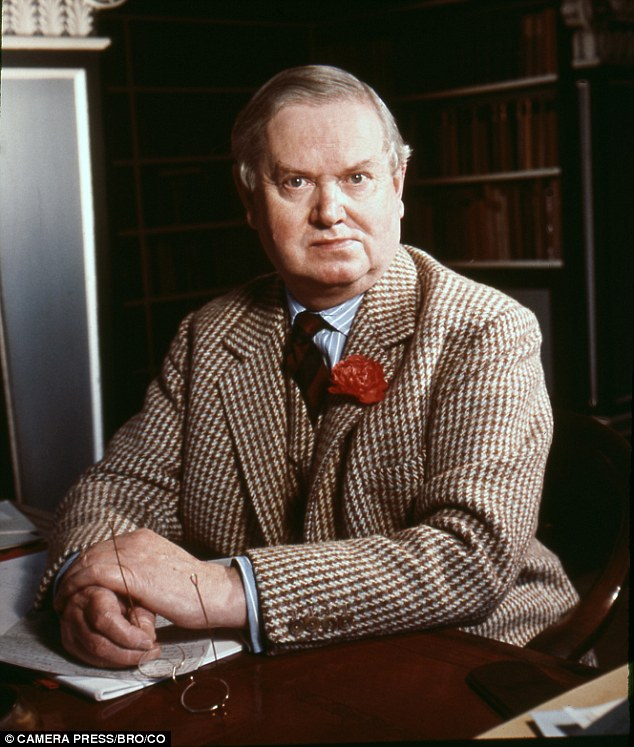Monk strap shoes tend to be overlooked in favour of oxford, derbies, sneakers and loafers, but they offer both comfort and style and are worth your consideration when next buying shoes for casual or formal use.
 |
| I wear Loake Medway suede monks (socks Peper Harow) - all made in England |
I acquired my first pair (pictured above) only two or three years ago when I was looking for something a little different. A suede pair of single strap monks made in England by Loake, they have proved invaluable worn with everything from tweed, through formal suits to knitwear and jeans.
If you search for the history of the monk strap shoe you find references to medieval monks, but how this led to the adoption of the name for the shoe isn't clear. The general view seems to be that the style was developed in its present form early in the last century. Presumably the style reminded people of the strapped closed toed shoes that monks wore when their open-toed sandals were impractical for work outdoors as they let in stones and mud.
I found an image (below) of a late 15th / early 16th century child's shoe from London's Victoria & Albert Museum which shows that buckled straps have been around for centuries. Although this is a shoe for a toddler, you can imagine monks wearing similarly simple but practical footwear.
 |
| Child's strapped shoe late 15th/early16th century. Image V&A London |
Advice on the web suggests that the monk strap shoe is semi-formal, somewhere between the oxford (formal) and derby (less so) with the double monk, which has two buckles on each shoe (see images below) being the more casual. Monks come in all sorts of leather and those in suede or with a brogued finish will be at the more casual end of the spectrum, while a plain pair in black calf would be ideal for more formal wear.
 |
| I'm wearing Loake single monk straps in black calf and suede |
.jpg) |
| Double & single monk straps (Loake Shoemakers) I wear the black pair with formal evening wear |
With thanks to Loake Shoemakers for supplying the shoes and some of the images for this feature.










.jpg)






















.JPG)
.jpg)




.jpg)








